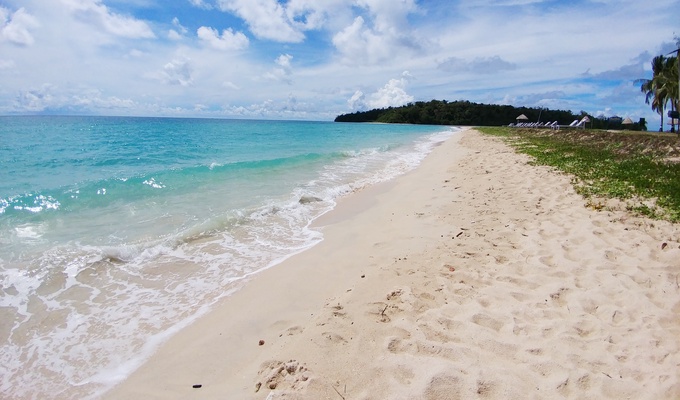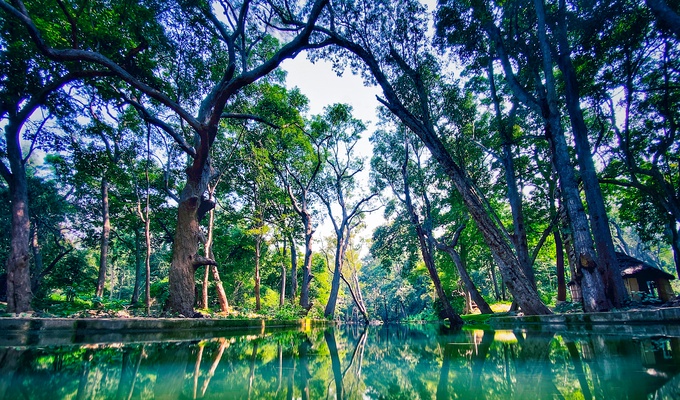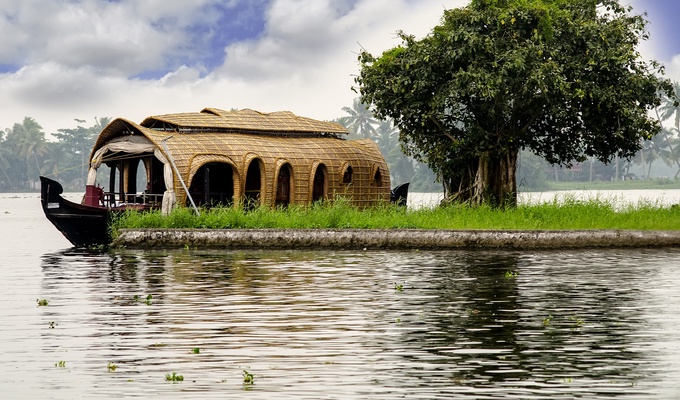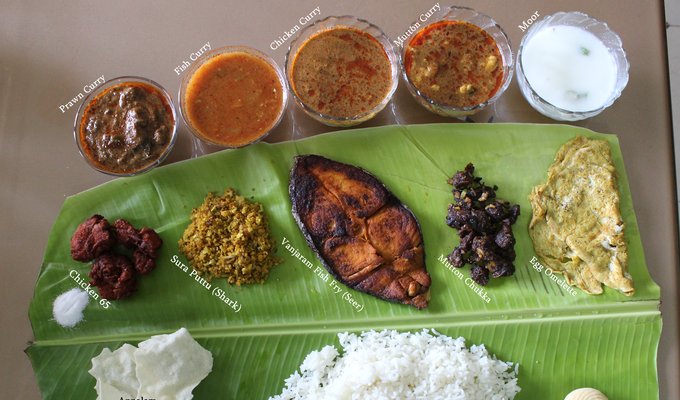South India, also known as Dakshina Bharata or Peninsular India, consists of the southern part of India encompassing the Indian states of Andhra pradesh, Karnataka, Kerala, Tamil Nadu, and Telangana, as well as the union territories of Lakshadweep and Puducherry, comprising 19.31% of India's area and 20% of India's population. Covering the southern part of the peninsular Deccan Plateau, South India is bounded by the Bay of Bengal in the east, the Arabian Sea in the west and the Indian Ocean in the south. The geography of the region is diverse with two mountain ranges – the Western and Eastern Ghats – bordering the plateau heartland. The Godavari, Krishna, Kaveri, Tungabhadra, Periyar, Bharathappuzha, Pamba, Thamirabarani, Palar, and Vaigai rivers are important perennial rivers.
The majority of the people in South India speak at least one of the four major Dravidian languages: Tamil, Telugu, Malayalam and Kannada (all 4 of which are among the 6 Classical Languages of India). Some states and union territories also recognize a minority language, such as Deccani Urdu in Telangana, and Tamil and French in Puducherry. Besides these languages, English is used by both the central and state governments for official communications and is used on all public signboards.
During its history, a number of dynastic kingdoms ruled over parts of South India, and the Muslim conquests in the Indian subcontinent across southern and southeastern Asia affected the history and culture in those regions. Major dynasties established in South India include the Cheras, Cholas, Pandyas, Pallavas, Satavahanas, Chalukyas, Rashtrakutas, Bahmani, Deccan Sultanates, Cochin, Kakatiyas, Kadambas, Hoysalas, Zamorin, Vijayanagara, Maratha, Travancore, Arakkal, and Mysore. Jews, Saint Thomas Christians, Mappila Muslims, and Europeans entered India through the southwestern Malabar Coast of Kerala. Parts of South India were colonized under Portuguese India, French India and the British Raj. The Hyderabad State ruled by the Nizams was the last princely state of India.
South India witnessed sustained growth in per-capita income and population, structural changes in the economy, an increased pace of technological innovation. After experiencing fluctuations in the decades immediately after Indian independence, the economies of South Indian states have registered a higher-than-national-average growth over the past three decades. South India has the largest gross domestic product compared to other regions in India. The South Indian states lead in some socio-economic metrics of India. The HDI in the southern states is high and the economy has undergone growth at a faster rate than in most northern states. Literacy rates in the southern states is higher than the national average, with approximately 81% of the population capable of reading and writing. The fertility rate in South India is 1.9, the lowest of all regions in India.



